permanently affordable
future
As of February 2023
Homes

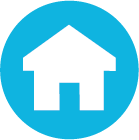
61 Habitat homes completed
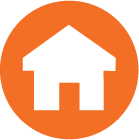
8 homes under construction

Land for an additional 43 homes*
*This number does not include the potential number of homes that could be built on the old airfield in Port Hadlock. See below for more information.
Repairs
Habitat focuses on repairing existing homes in Quilcene and Brinnon,
since finding buildable land with public water is challenging.
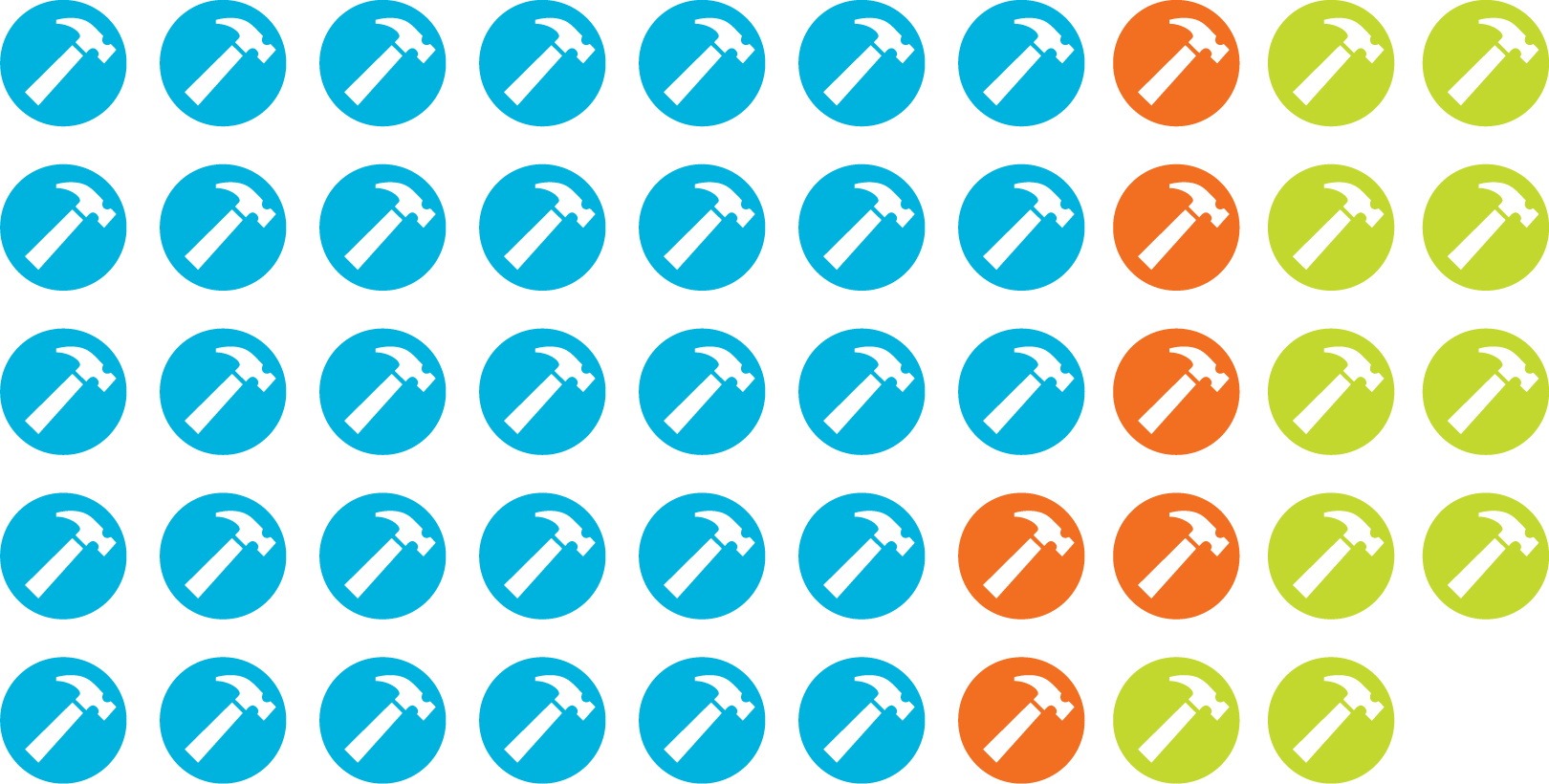
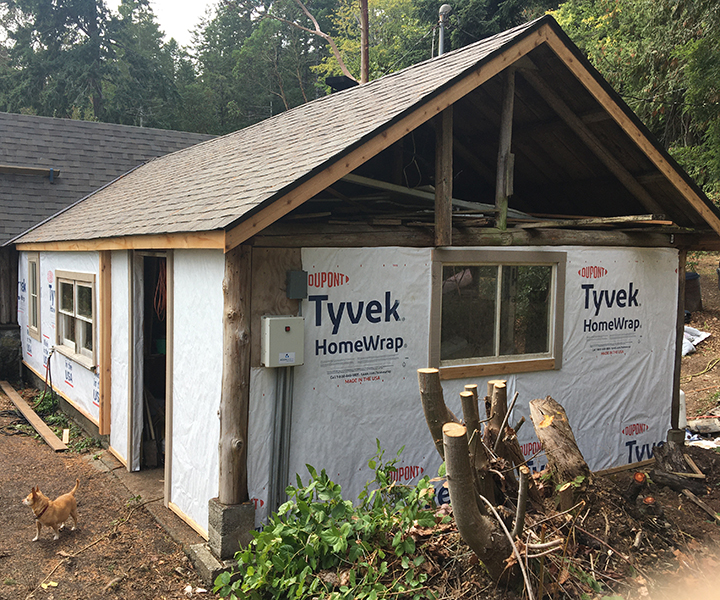
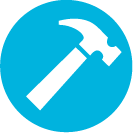
33 repairs completed
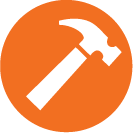
6 repairs in progress
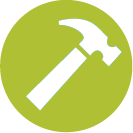
10 repairs per year targeted
Home repairs extend the life of a home, allowing the owners to remain at home and age safely in place. Habitat offers home repair services to those who might not have the means or capacity to repair their own homes. To learn more, click here.
Permanent Affordability
Habitat homeowners have always paid an affordable mortgage. If a homeowner decides to sell their home, Habitat has the opportunity to buy it back and sell it to another Habitat partner.
In recent years, however, real estate prices have increased at unprecedented rates, making it very expensive for Habitat to buy homes back from Habitat homeowners. Additionally, when Habitat sells that home to a new Habitat partner, the home must be re-priced to make it affordable again. That means raising more funds to cover the gap between the market price of the home and an affordable mortgage.
Habitat’s new Permanent Affordability program helps mitigate that challenge. In very simple terms, here’s how it works.
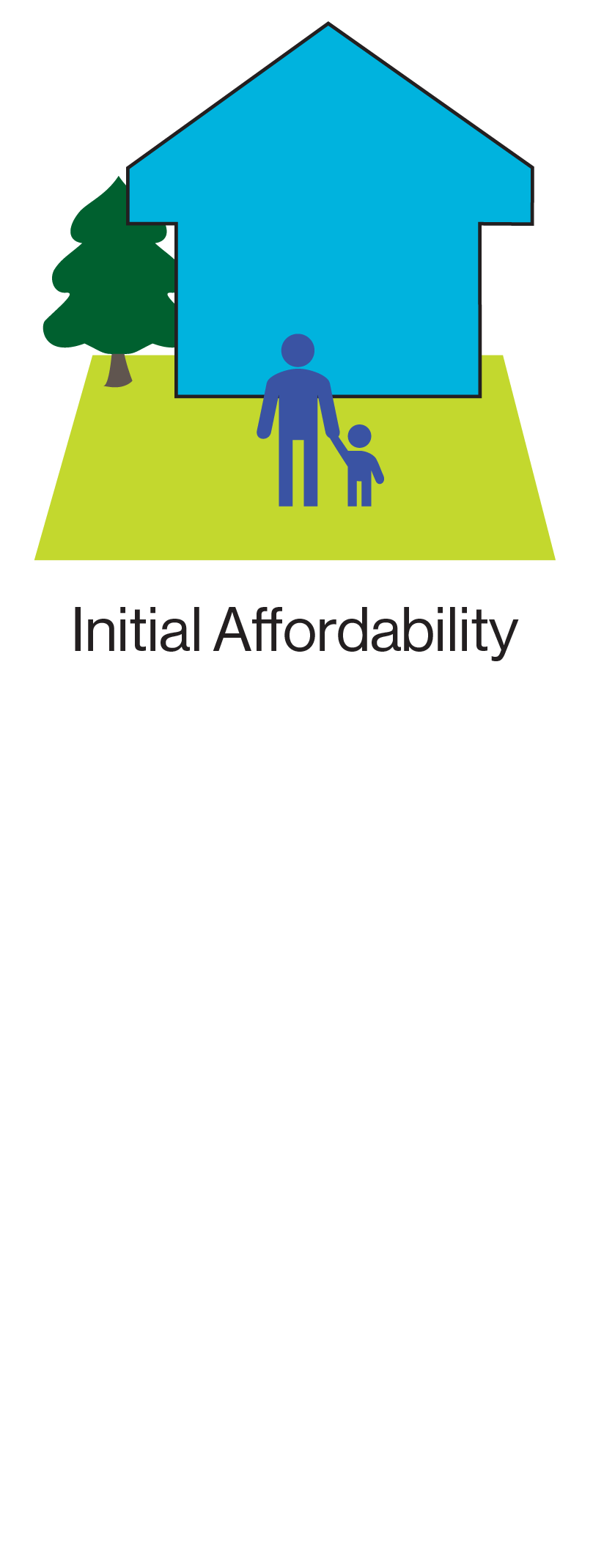
Permanent Affordability maximizes our community’s investment in each Habitat home by paying it forward.

Habitat owns the land and sells the house to an eligible buyer at a below market rate.
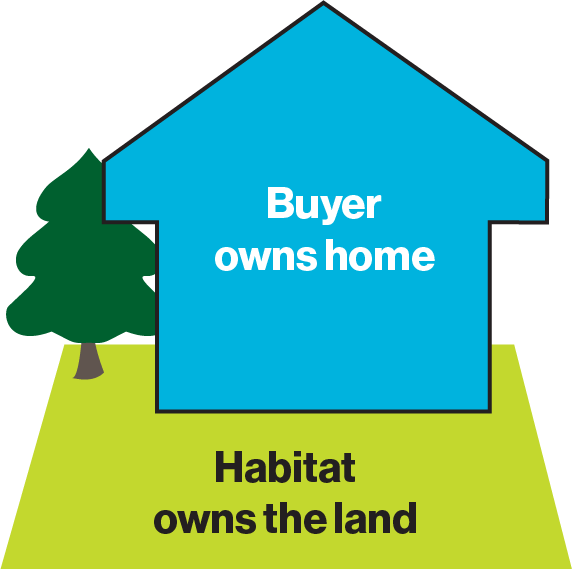

In exchange for getting an affordable mortgage, the buyer agrees to a fixed appreciation rate. This enables the buyer to build wealth and helps keep the house affordable for future buyers.
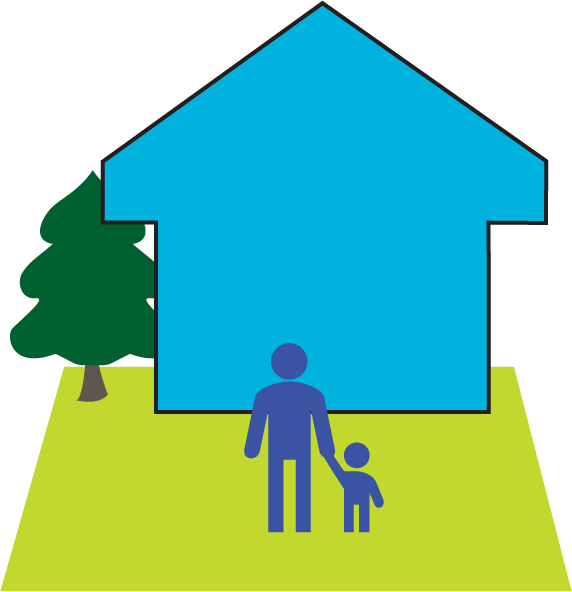

In this way, each homeowner “pays it forward” to the next buyer.
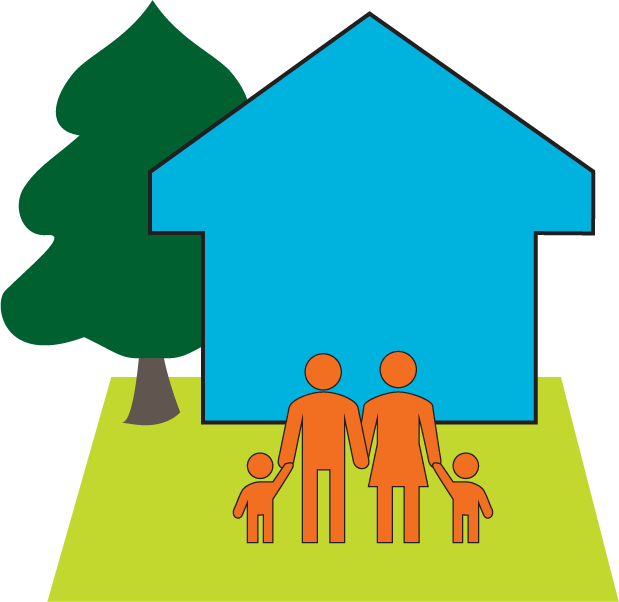

If you have questions about Permanent Affordability, we welcome them. Please reach out to us at info@habitatejc.org.
Land Use
Smaller footprint homes and multifamily housing
Habitat is striving to maximize land use. This can be achieved by increasing the number of people who can live within a certain square footage if the property is zoned for higher density. It can also be achieved by buidling smaller footprint homes. Habitat’s model of home ownership is evolving to accommodate changes in housing need trends and our ability to partner with other organizations and businesses to help provide housing solutions to a broader population.
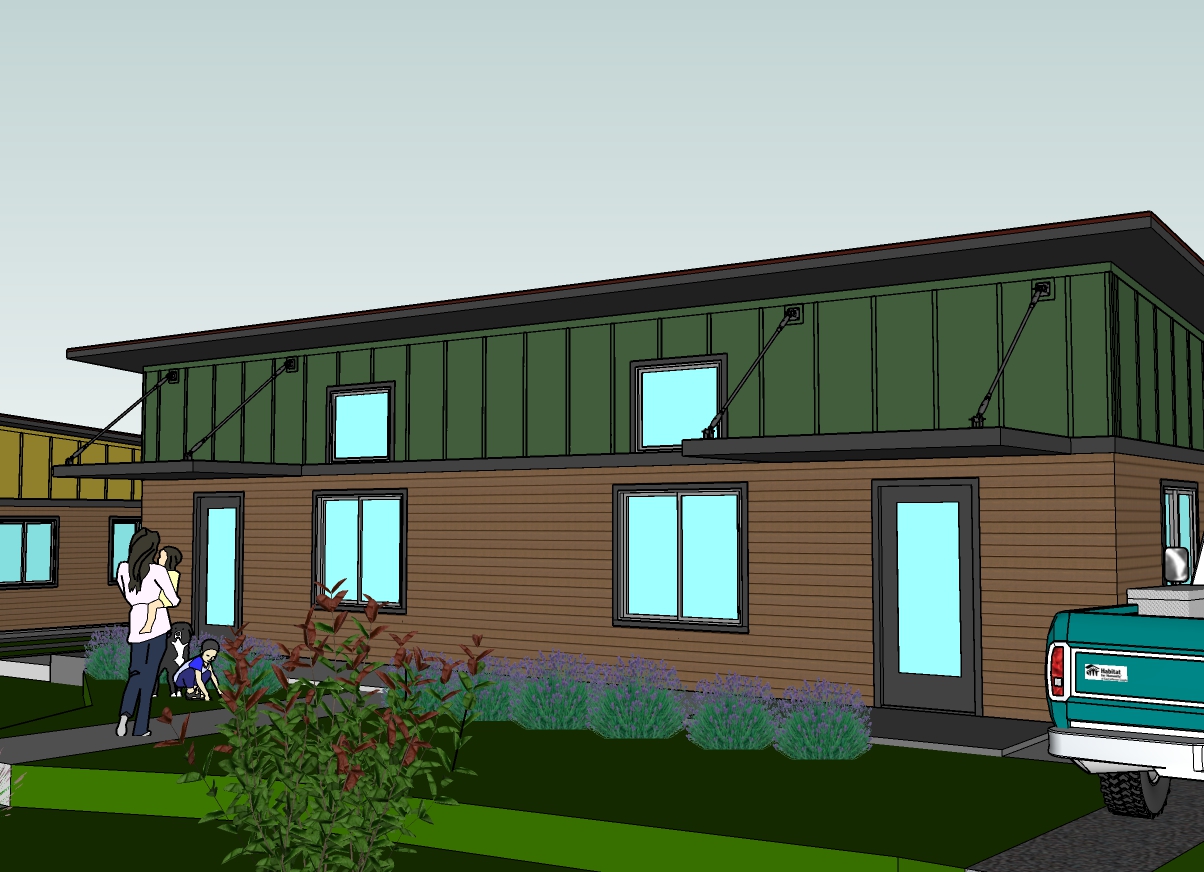
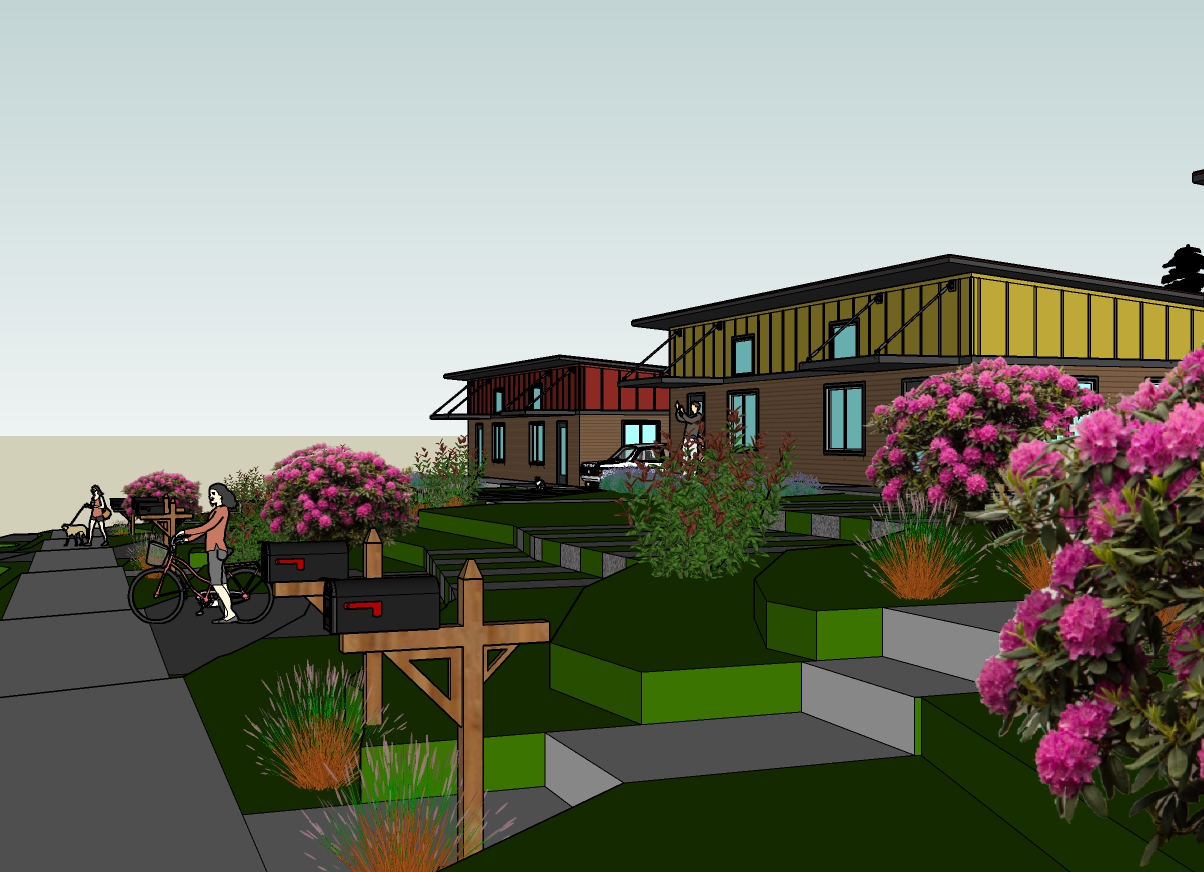
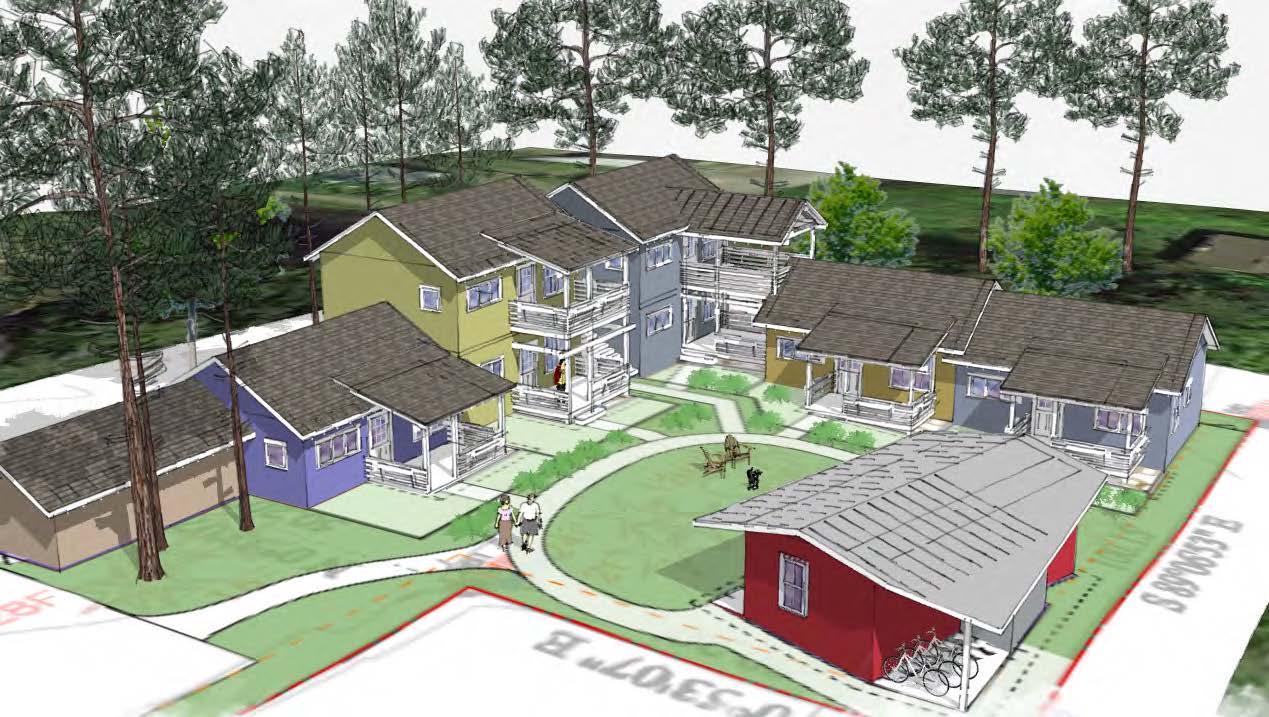
Our vision for the old airfield in Port Hadlock is one in which up to 200 homes or more can be built on the 17 acres of land. Habitat will build about one-third of those homes and they will be sold to persons who earn less than 80% AMI. For the other two-thirds of the homes, Habitat will partner with businesses and developers to create housing for people earning 80% to 120%, or possibly even 150%, AMI. Some of that housing may include rentals in the form of apartments and townhouses. All of the housing, regardless of who the developer is and who the buyer is, will be part of Habitat’s Permanent Affordability program.
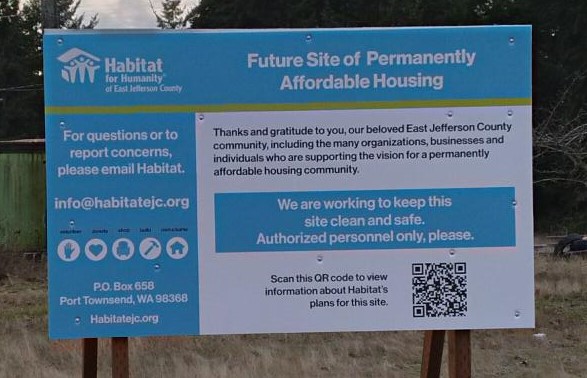
Our vision is a world where everyone has a decent place to live
